In this review we look at the Focal Sphear S IEM, it’s selling for $129 USD.
Disclaimer: The Focal Sphear S was sent to me from Focal in exchange for me giving it a little hairy eyeball. It does not need to be returned.
Focal
It is hard to believe, but at the beginning of this year, I had never laid ears on any head or earphone from the French company known as Focal. Hard to believe, because in the last six months, I have now reviewed four products from the good company of Focal: the Elear, the Listen, the Listen Wireless, and now, the Sphear S.
It is worth pointing out that all of these headphones fit into a different niche, so Focal is certainly trying satisfy many different needs. My past reviews of Focal products were quite favorable; does the Sphear S live up to the lofty standards of the others? Well, yes it does, but that doesn’t make for a very informative or exciting review. The Sphear S is an IEM and looks to be retailing for $129, although I have seen it for less. Let’s see what $129 dollars buys today.
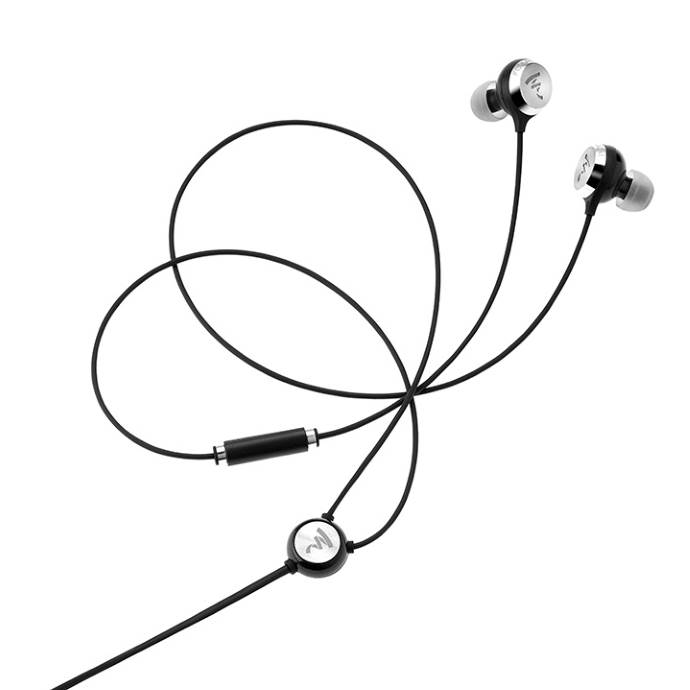
Sphear S
As I would expect from the other products I have seen from Focal, the Sphear S has a solid build. The main housing is made out of a solid plastic with a high gloss finish that looks pretty spiffy. The back end, emblazoned with the Focal logo, is made of stainless steel. The cable (non-detachable) feels just thick enough that I am not worried about it tearing or ripping easily, which, if you recall, was a worry I had with the Final Audio IEMs I reviewed recently. As is the case with many today, the cable comes with a microphone and button built-in, so you can answer phone calls without having to remove the Sphear S or touch your phone. For those to whom that is a selling point, it is there. Overall, the physical quality of the Sphear is good. I have only two minor niggles with it. First, I would have loved to see a detachable cable. It isn’t a huge deal at this price point, but I always prefer being able to switch cables out if needs be. It makes things a lot less worrisome should a wire ever break. My other nitpick with the build, I will get to in a second. Oh, I should also mention that the Sphear S can come in two color schemes: Black and silver or white and rose gold. Go with black!
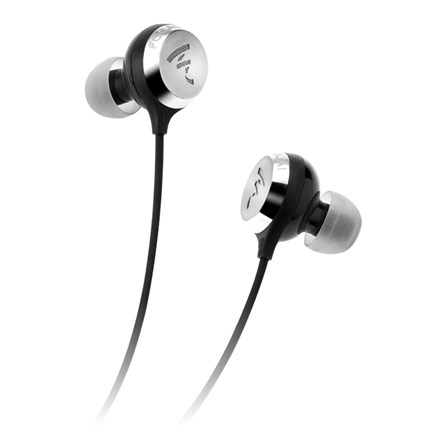
Accessories
The Sphear S comes with a pretty standard accessory package: a carrying case and ear tips. I actually found the carrying case to be ever so slightly too small. It can and does work, but I found it to be just a little too cramped for my liking. But then again, I am a picky asshole. The Sphear S comes with six pairs of tips: S/M/L silicon tips and S/M/L foam tips. I like having the choice, but, in truth, there really isn’t one. The silicon tips just aren’t as comfortable over a long listening session. They are fine for a few minutes, but once you hit a half-hour or so. I have no such issue with the foam tips. I also found the sound with the silicon to be thinner and less enjoyable overall, than with the foam, but that might have been due to not being able to get a good seal. So, for accessories, the Sphear S comes with what you would expect. No more, no less.
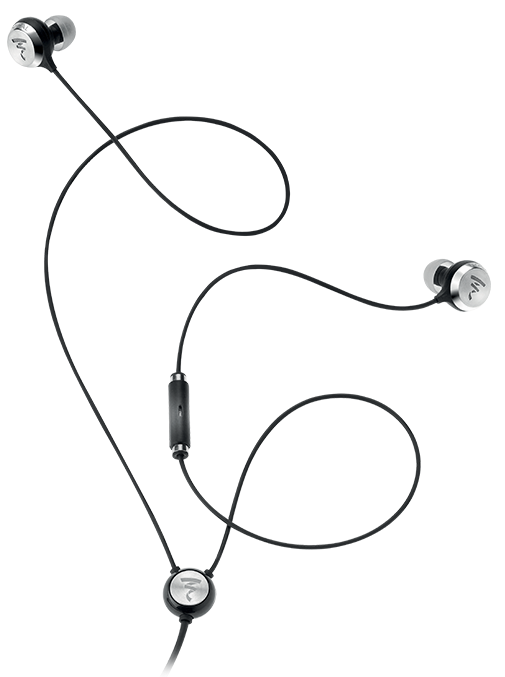
Comfort
As far as comfort goes, with the foam tips, I have no issues listening to the Sphear S for a few hours at a time. I know some people have more issues with universals than others, but if you can tolerate universal fit IEMs, the Sphear S is not going to give you any problems. It is hear, however, that I want to bring up my second (very minor) issue with the build. Due, I think, to the much larger than normal driver (10.8mm as opposed to the usual driver size which I believe is 8mm), the body of the Sphear S is much wider than normal, and as a result, the IEM can only be inserted from the bottom. Usually, I like to drape the cord of an IEM behind my ear, and insert the IEM from the top. I do that because I find the cable behaves itself better and that microphonics are cut down. I also find it a bit more comfortable. I can’t do this with the Sphear S. Now, this is very minor, and it is possible that no one else besides me will have an issue, and even with me, I still find the Sphear S comfortable, and microphonics aren’t a big issue with the cable, so this problem borders on moot. So, at this point, the Sphear S is solid. Let’s see what the sound adds to the picture.
The review continues on the second page after the click HERE or by using the jump below.
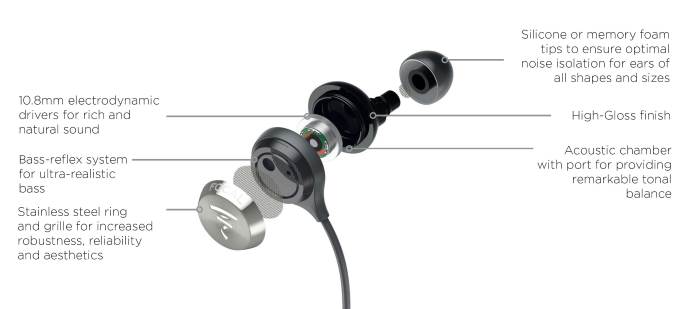
Specifications
Type Closed-back intra-aural
Impedance 16 Ohms
Sensitivity 103dB
THD <0.3%
Frequency response 20Hz – 20KHz
Driver 10.8mm Mylar electro-dynamic
Microphone Omnidirectional
Net weight 15g (0,03lbs)
The review continues on the second page after the click HERE or by using the jump below.





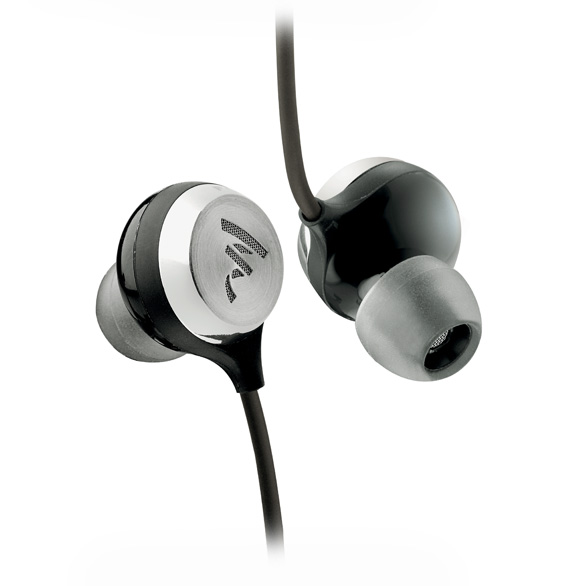
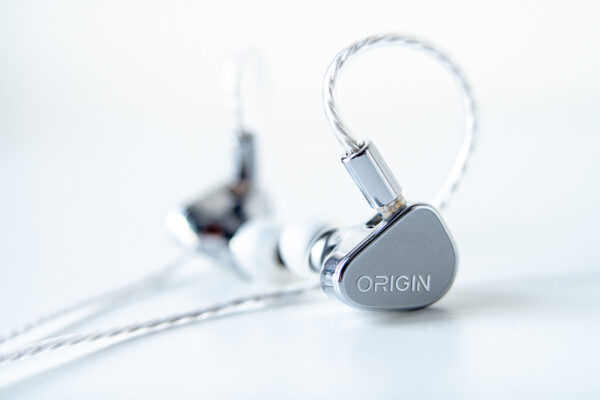
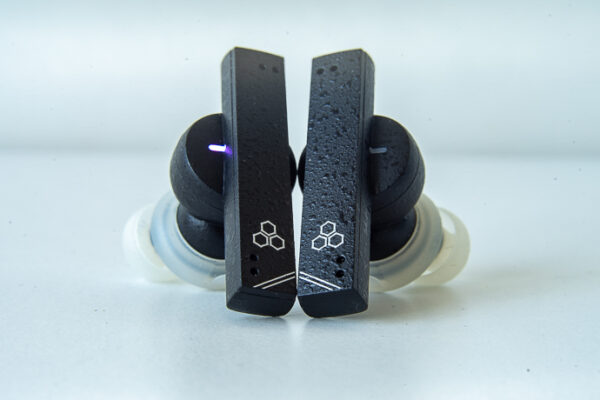
AUDIOPHILIA
Difference between focal sphere and moondrop aria?sound quality